Farming and Fiestas: work hard, play hard.
And after all the work that I told you about in my previous article, you must agree that the Catalans certainly deserve to party.
Everyday, somewhere in Catalunya there will be a fiesta happening. Celebrating the birth, life or death of a patron saint, a religious day or a national day, there will be a reason to party. Rows of trestle tables covered with white paper are set up under the trees next to the river and clouds of mosquitoes dance and hover in the fairy lights which are strung between the branches, or village-sized marquees are thrown up overnight and the entire population stuff themselves inside for up to a week of celebrating.
For a very reasonable price you can be served three plates of food, with the offerings usually including the local delicacy of blood sausage and the flaky pastissets and of course, plenty of sangria or wine. There might be a band or a DJ or a mixture of both and people will dance together, cha cha cha-ing or later salsa-ing or grinding away to reggaeton.
I have described the Corrofoc in a previous article – the adrenaline fueled fire running event (click here if you missed it) which a lot of the towns and the villages host, but there are also parades of gigantes (those massive ‘It’s a Knockout’ style puppets), medieval festivals and Corpus Christi. And as a birthday bonus, you get extra celebrations rained on you on whatever birth date you share with the saint that you were named after.
One evening almost the whole village decamped to the opposite side of the river and went up into the hills to the Old Station Fiesta. Years ago a railway line was built up into the mountains but later fell into disrepair. Now restored and converted to the Via Verde (the Green Way) you can cycle or walk along it for miles, over spectacular stone viaducts and through long, pitch black, bat inhabited tunnels. A group of local businessmen restored one of the old station buildings and during the summer they open the terrace on the old platform to diners and hold live music events.
The fiesta at the old station is a relatively new event which is rapidly becoming absorbed into the timetable of local customs. A shuttle bus ferried people up and down to and from the village, there were the tables crammed together, cauldrons of food bubbling away, buckets of sangria of course, and music. I watched and then I was later invited to join in with the local dance called the jota which, believe me, is much trickier to do than it looks. Men and women dance in snakelike lines moving deceptively slowly while doing some frantic and complicated footwork and elegantly twisting and turning in tune with each other (apart from me of course). The men wear spotless white shirts with bright red sashes and the ladies wear black, delicate embroidered lace shawls
Films and slides were projected onto the side of the station building, some documenting the history of the station and its connection with the village and there was much cheering and shouting as the villagers recognised themselves or their friends and relatives in the pictures.
And then we danced until dawn; spinning, salsa-ing and bouncing until the cry went up that the final shuttle bus was about to depart, and we fled the dance floor at 6am and got back into the village just as the sun came up over the mountains.
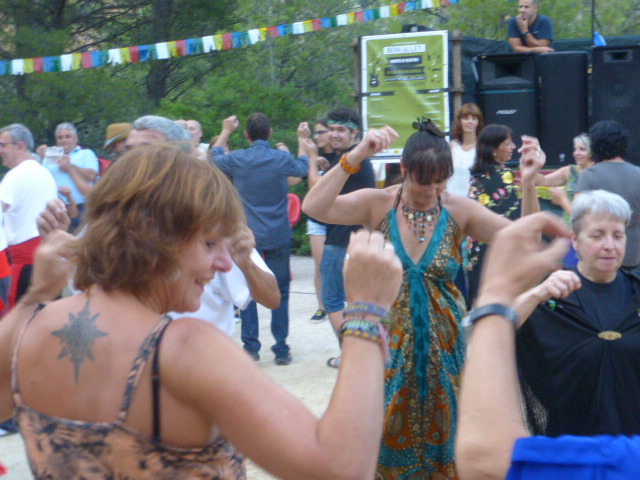

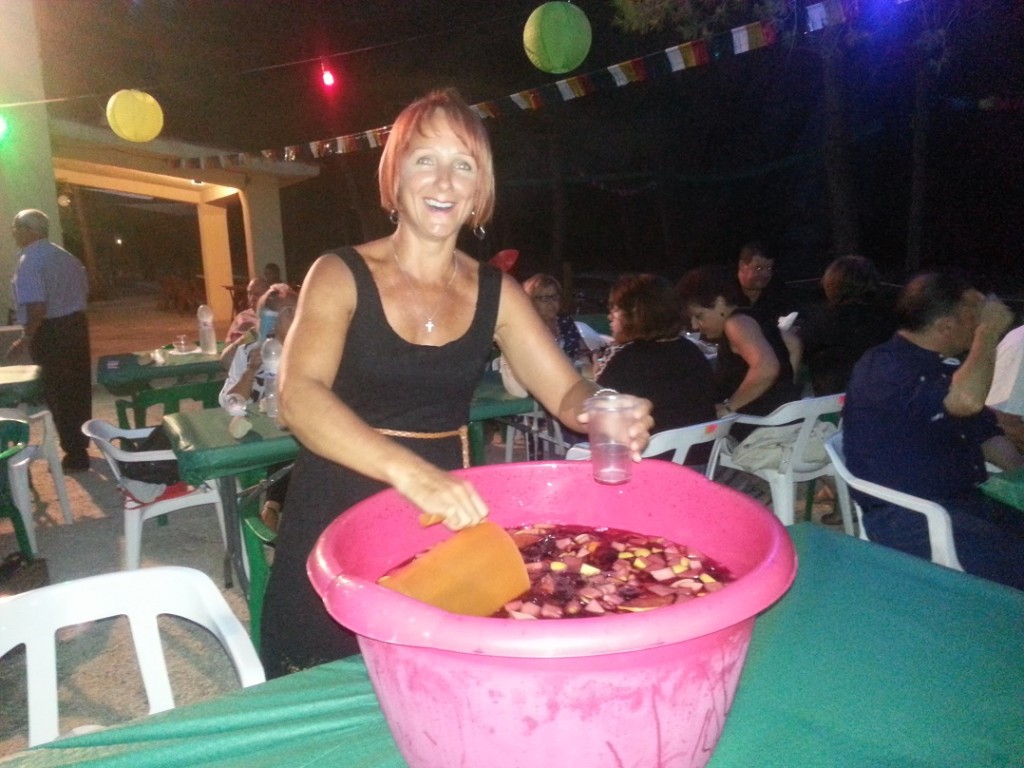
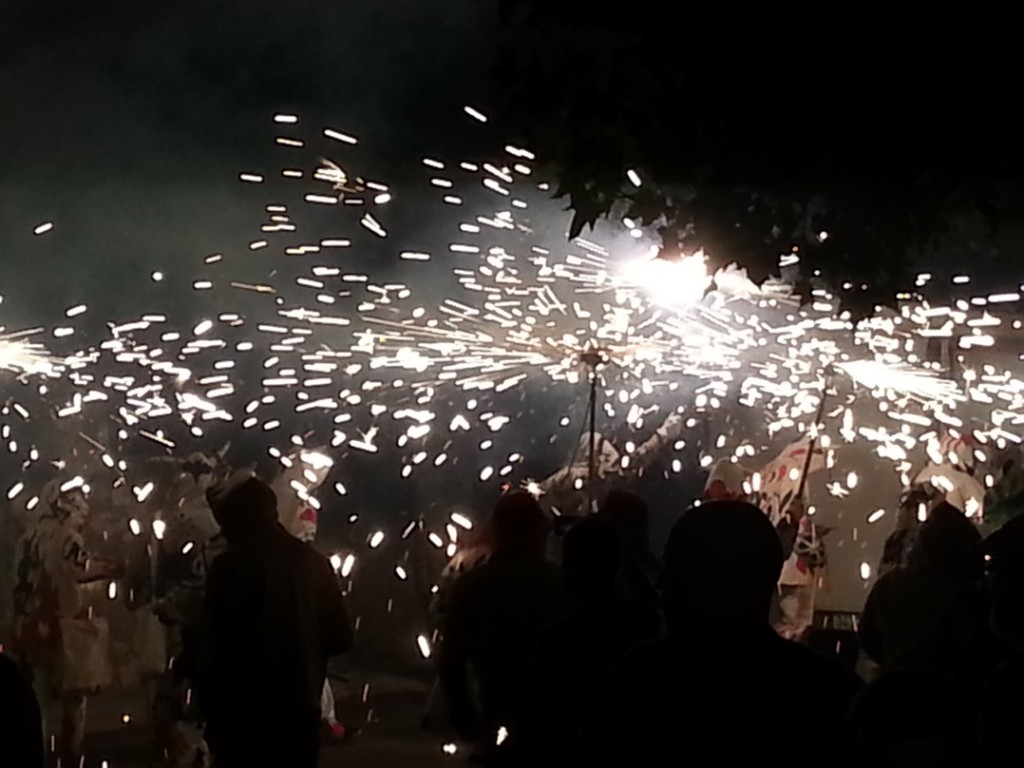
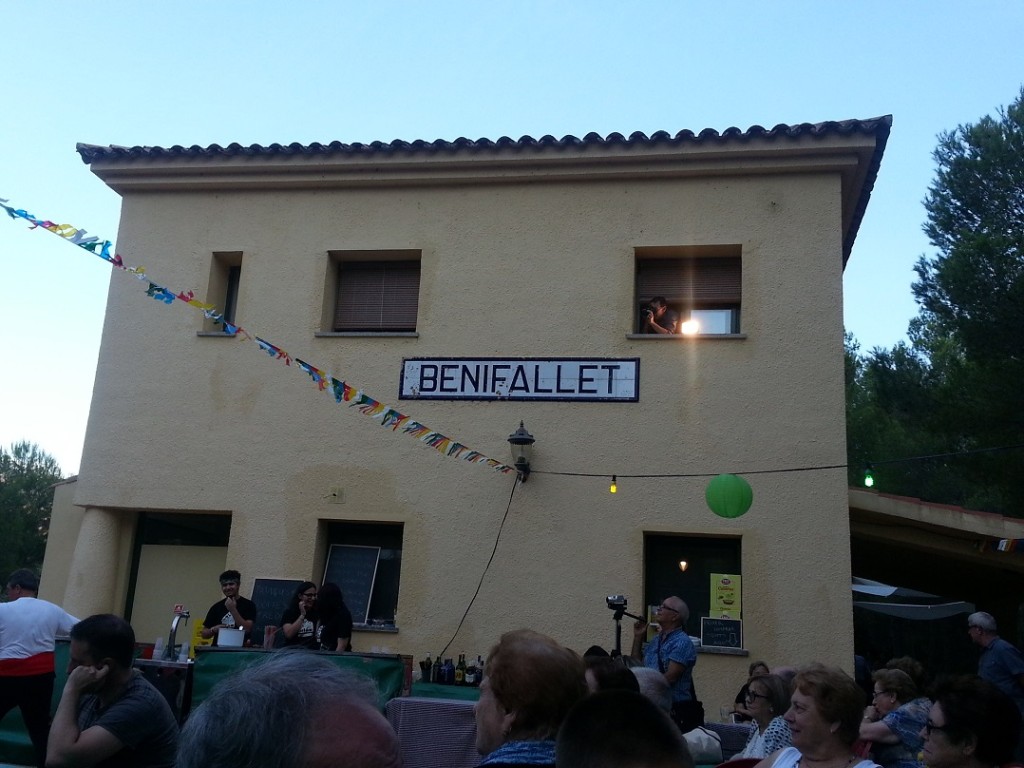

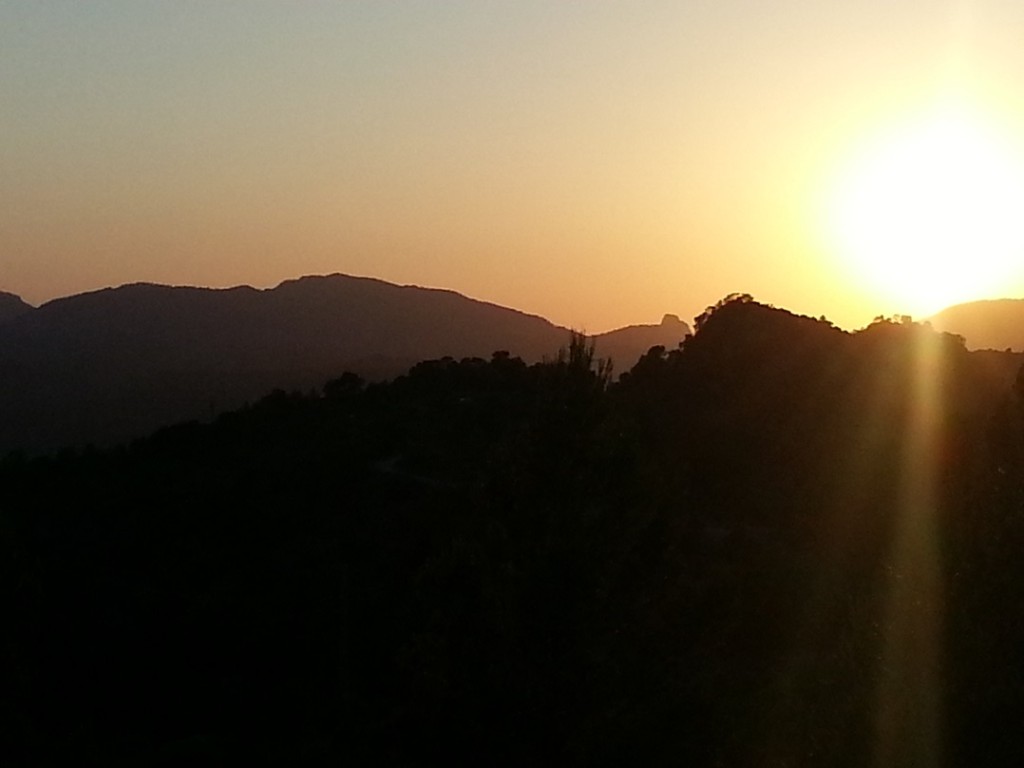
Sounds like a fantastic time! I feel like Germans have a similar culture of work hard, play hard and don’t mix the two. But German festivals are restrained, that’s for sure!
They are certainly not restrained in Spain!